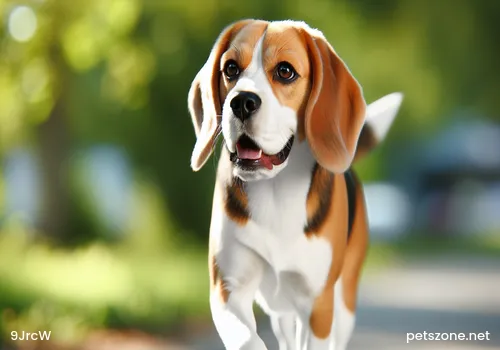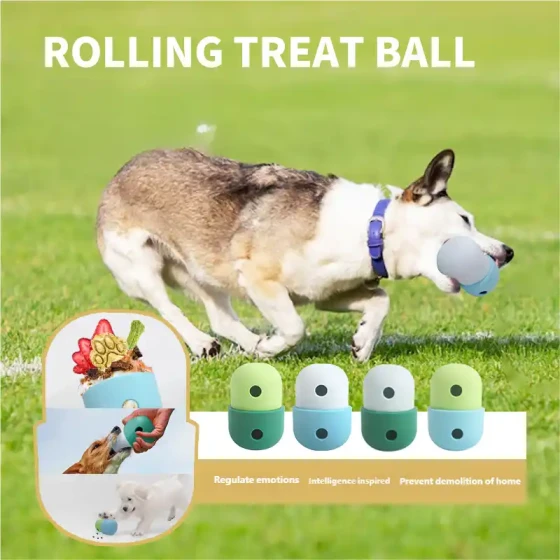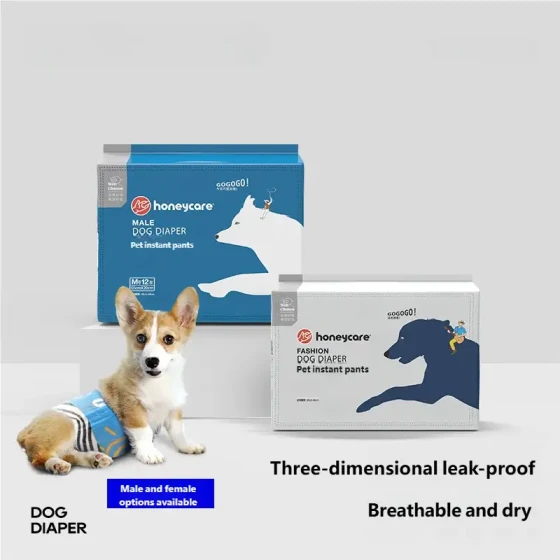Introduction to the Alaskan Malamute Breed

Introduction to the Alaskan Malamute Breed
Breed
Overall Appearance
Head: Skull broad, muzzle large, jaws strong and powerful, resembling a wolf’s face.
Ears: Small and triangular, set wide apart. Erect ears tipped backwards.
Eyes: Brown, medium size. Almond-shaped, slanted.
Mouth: Lips that appear to smile, pointed muzzle.
Body: Sturdy physique, chest thick, back straight, rump rounded.
Coat: Undercoat woolly and thick, coarse and stiff topcoat standing erect. Coat colors include white, shades from light gray to black, and colors from golden yellow to liver. Chest, abdomen, feet, parts of limbs, face and so on have white areas.
Limbs: Forelegs thick, muscular, strong and broad.
Feet: Quite large and sturdy, thick tightly closed toes, hair between toes, pads thick and hard.
Tail: Covered with soft and fluffy hair, tail set high, hangs down at rest, curls over the back when working.
Height: Male: 64~71cm Female: 56~58cm
Body Specifications
According to the AKC description, the ideal build for an Alaskan Malamute is — males 25 inches (63.5 cm) at the shoulders, 85 lbs (39 kg) in weight; females 23 inches (58.4 cm), 75 lbs (34 kg).
Generally, adult males with shoulder height ranging from 22 inches (55.9 cm) to 27 inches (68.6 cm), and adult females from 21 inches (53.3 cm) to 25 inches (63.5 cm) are acceptable. It is also common for individuals heavier than 41 kg or lighter than 34 kg to occur.
Occasionally, males exceeding 120 lbs (54 kg) are seen, and some breeders intentionally breed exceptionally large individuals, calling these "giant Malamutes". Although neither the AKC nor FCI specify an upper limit for the breed’s size, due to negative effects on bone and body development, such individuals are considered inappropriate for purebred Alaskan Malamutes and are not accepted by AKC breed standards. (this is uncommon and such dogs are produced primarily by breeders who market a 'giant Malamute.' These large sizes are not in accordance with the breed's history or show standards.)
Coat
The Alaskan Malamute has a “dense, polar-typical” double coat. The undercoat is thick and woolly, the topcoat coarse and stiff, similar overall to the Husky’s coat, but somewhat harsher. The topcoat should not be overly long or soft; either is considered a fault.
Common coat colors include white combined with smoke gray, black, sable, red, sand, and others. All non-white colors, regardless of shade, are acceptable. Facial markings often show a cross with two white spots above the eyes or fully white masks and all appearances between those extremes. Coat colors of the Alaskan Malamute do not materially differ from those of the Husky.
Among some breeders in certain regions, giant populations with longer coats not fully matching polar characteristics have appeared. Long-haired individuals are not accepted by the AKC or FCI; although they do not meet purebred breed standards and cannot be shown, some owners still like their appearance. Because the coat quality of such long-haired individuals is significantly inferior to normal coats, purebred dog organizations do not encourage breeding of these types.
Structure
When evaluating an Alaskan Malamute in dog shows, the primary criterion is whether its structure meets the requirements of a sled dog pulling heavy loads, everything else is secondary. Thus, the Alaskan Malamute must have a strong physique.
The legs must have strong driving power. Any deficiency in the front or hind legs or feet when standing or moving is considered a serious fault.
Head
Head broad and deep, not coarse or clumsy, in proper proportion to the body. Expression gentle and friendly. Eyes are slightly slanted on the head, brown in color, almond-shaped, medium size. Darker eyes are preferred. Blue eyes are disqualifying. Ears moderately sized but somewhat small compared to the head. Ears triangular with slightly rounded tips. Wide set, placed on the outer rear sides of the head, aligned with the outer corners of the eyes. Erect ears appear as if standing on the head. Erect ears may tilt slightly forward, but when working, ears may fold back toward the head. Ears set too high are a fault.
The skull between the ears is wide and slightly raised, narrowing and flattening gradually from the top of the head toward the eyes, becoming flatter near the cheeks. Slight wrinkles occur between the eyes. The head outline and muzzle outline resemble two slightly downward angled connected straight lines. The muzzle is long and large compared to the head; its width and depth gradually taper from the junction with the head toward the nose pad. Except for red-coated dogs, all colors have black nose pads, eye rims, and lips. Red-coated dogs are allowed brown nose pads, eye rims, and lips. Light-colored “snow noses” are permitted. Lips tightly closed. Upper and lower jaws broad with large teeth. The bite is scissors bite; overbite or underbite is a fault.



